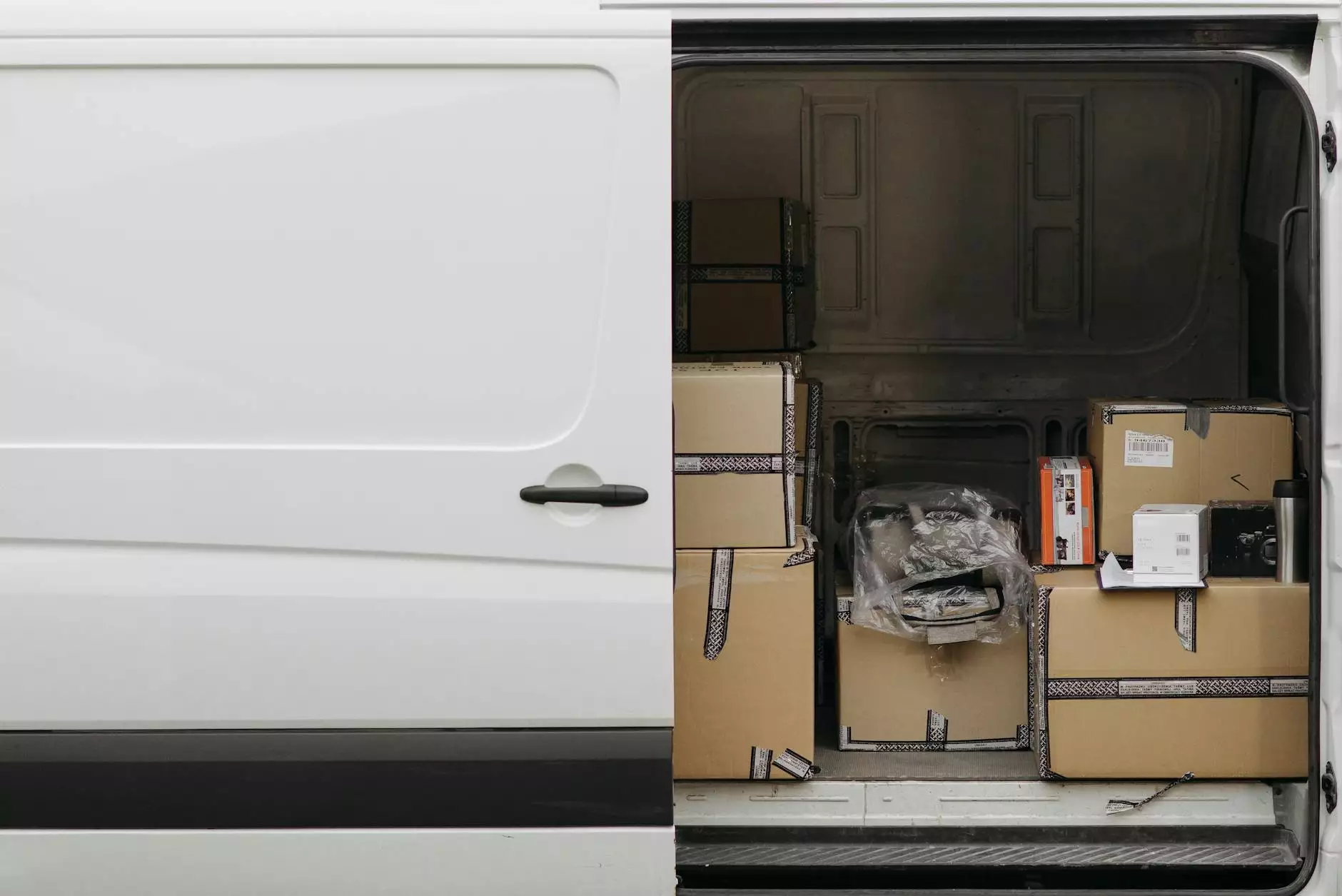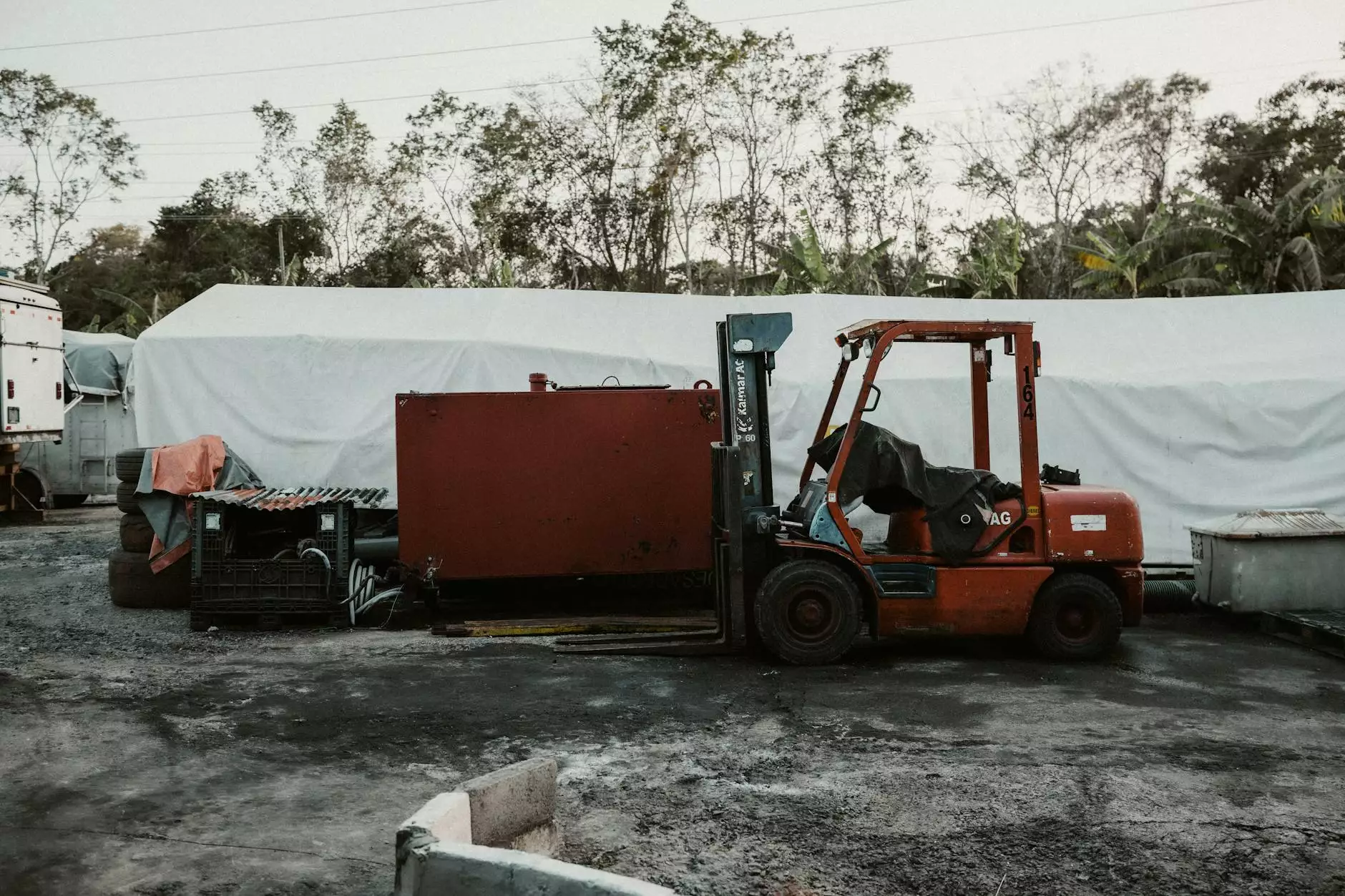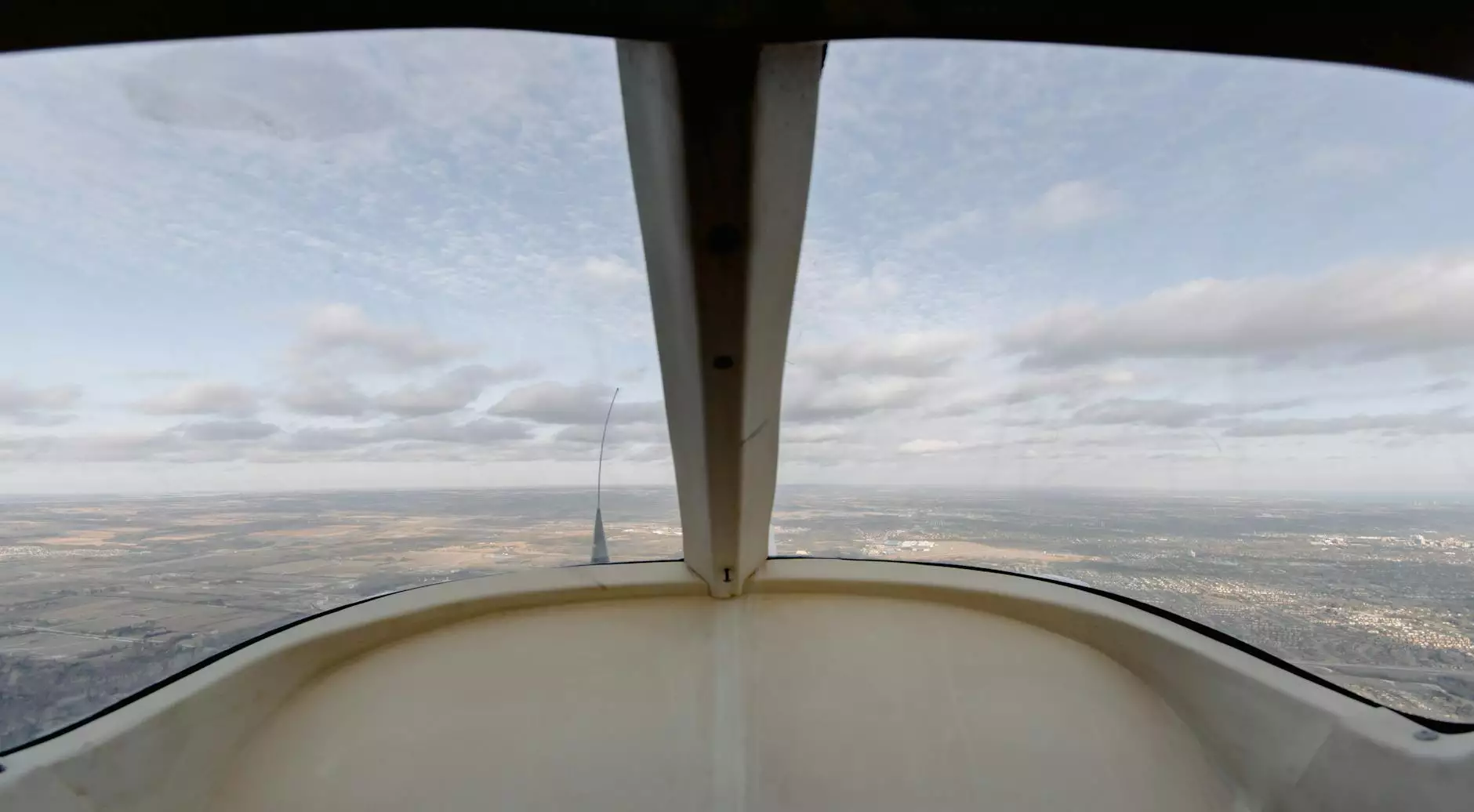Understanding Air Freight Quotations: A Complete Guide for Businesses

In today's fast-paced global economy, businesses need to be agile and efficient when it comes to logistics and shipping. One of the most critical aspects of ensuring your goods reach their destination on time and within budget is obtaining the right air freight quotation. In this comprehensive guide, we will delve into everything you need to know about air freight, including how to request a quotation, the factors that influence pricing, and tips on optimizing your shipping strategy.
What is Air Freight?
Air freight refers to the transportation of goods by aircraft. It allows for quicker shipping times compared to traditional ground transportation, making it an ideal choice for businesses that require expedited delivery. Companies often use air freight for shipping high-value goods, perishables, or critical supplies that need to arrive at their destinations promptly.
The Importance of Obtaining an Air Freight Quotation
Before discussing how to obtain an air freight quotation, it's important to understand why it's a crucial step in the logistics process:
- Cost Management: Knowing the costs associated with air freight helps businesses budget accurately and manage their expenses effectively.
- Comparative Analysis: Obtaining multiple quotations allows businesses to compare services offered by different carriers, ensuring they choose the best option based on both price and service.
- Transparency: A detailed quotation breaks down all costs, helping businesses understand what they're paying for and avoid hidden fees.
- Planning and Strategy: A clear understanding of freight costs aids in crafting a robust logistical strategy aligned with your overall business objectives.
How to Request an Air Freight Quotation
Requesting an air freight quotation may seem daunting at first, but following these steps can streamline the process:
1. Identify Your Shipping Needs
Begin by determining the following:
- Type of Goods: Are they perishable, hazardous, or fragile?
- Weight and Dimensions: Knowing the gross weight and dimensions of your shipment is essential for accurate pricing.
- Destination and Origin: Clearly outline where the goods will be picked up and delivered.
- Delivery Timeline: Identify when you need the goods at the final destination.
2. Choose a Freight Forwarder
Select a reputable freight forwarder who can provide guidance and facilitate the air freight quotation process. A good freight forwarder should have experience in your industry and a proven track record of handling logistics efficiently.
3. Provide Necessary Information
When reaching out for a quotation, ensure you provide detailed information, including:
- The specific nature of the goods being shipped
- Weight and dimensions or volume of the package
- Packaging details (e.g., palletized, boxes)
- Preferred routes or carriers, if any
- Insurance requirements
4. Evaluate the Quotations Received
Once you receive quotations, take the time to compare them based on several factors:
- Cost: Check the competitiveness of the rates offered.
- Transit Times: Assess the estimated delivery times for each quotation.
- Service Level: Consider any additional services provided, such as customs clearance and door-to-door delivery.
- Carrier Reputation: Lookup reviews and ratings of the carriers mentioned in the quotations.
Understanding Air Freight Charges
When deciphering an air freight quotation, it is crucial to understand the different components of the costs involved:
1. Freight Rate
The airfare itself is calculated based on the weight or volume of the shipment, depending on which is greater. Understanding dimensional weight and how it affects pricing is key—many airlines use volumetric calculations to determine charges.
2. Fuel Surcharges
Fuel surcharges are additional costs added to account for fluctuations in fuel prices. These surcharges can vary based on the route and current fuel market conditions.
3. Security Fees
Security fees are applied to ensure compliance with regulations and for heightened security measures during air transport.
4. Customs Duties and Taxes
Depending on the destination country, your goods may be subject to import duties and taxes, which can significantly affect the overall cost of freight.
5. Additional Service Charges
Charges for extra services, such as special handling, storage, insurance, and documentation fees, should also be considered when evaluating your total costs.
Best Practices for Optimizing Your Air Freight Strategy
Optimizing your air freight strategy can lead to significant savings and improve your service levels. Here are some best practices:
1. Consolidate Shipments
If feasible, consolidate multiple smaller shipments into a single larger one. This approach not only reduces costs but can also minimize transit times as larger shipments attract better rates.
2. Negotiate Rates
Don’t accept the first rate offered. Use your business volume as leverage to negotiate better terms and rates with your carrier or freight forwarder.
3. Stay Informed on Market Trends
Keep an eye on industry trends and seasonal demands that could affect air freight pricing. This knowledge allows you to plan shipments strategically to avoid peak surcharges.
4. Utilize Tracking Technologies
Implement tracking technology to monitor your shipments in real-time. This visibility helps in managing inventory levels and enhances customer satisfaction.
The Role of Technology in Air Freight Quotations
Technology plays a significant role in streamlining air freight quotations and logistics. Here’s how:
1. Online Quotation Tools
Many logistics companies now offer online platforms where businesses can quickly generate air freight quotations by simply entering shipment details. This convenience saves time and enhances efficiency.
2. Data Analysis
Freight forwarders use data analytics to provide insights into shipping trends, helping businesses make informed decisions regarding their logistics strategy.
3. Automation
Automation improves accuracy in documentation and reduces the chances of errors during the quotation and shipping processes. Using automated systems minimizes human error and speeds up operations.
Future Trends in Air Freight and Quotations
As the logistics landscape evolves, several trends are reshaping how businesses approach air freight quotations:
1. Sustainability Efforts
With increasing environmental concerns, many air freight companies are adopting more sustainable practices. Businesses conducting air freight may find that sustainability credentials can influence carrier selection.
2. Blockchain Technology
Blockchain is making waves in the logistics sector, enabling more secure and transparent transactions. This technology could streamline the quotation process and enhance trust between businesses and carriers.
3. Growth of E-commerce
As e-commerce continues to grow, the demand for air freight is also increasing, leading to more competitive pricing and service offerings. Businesses must adapt their strategies to leverage these opportunities effectively.
Conclusion
In conclusion, obtaining an accurate air freight quotation is vital for businesses looking to optimize their shipping processes. By understanding the elements that contribute to air freight costs, leveraging technology, and adhering to best practices, companies can make informed decisions that enhance their operational efficiency. As the landscape of air freight continues to evolve, staying informed and adaptable will be key to thriving in the competitive market.
For more information about air freight services and obtaining accurate quotations, visit cargobooking.aero.









